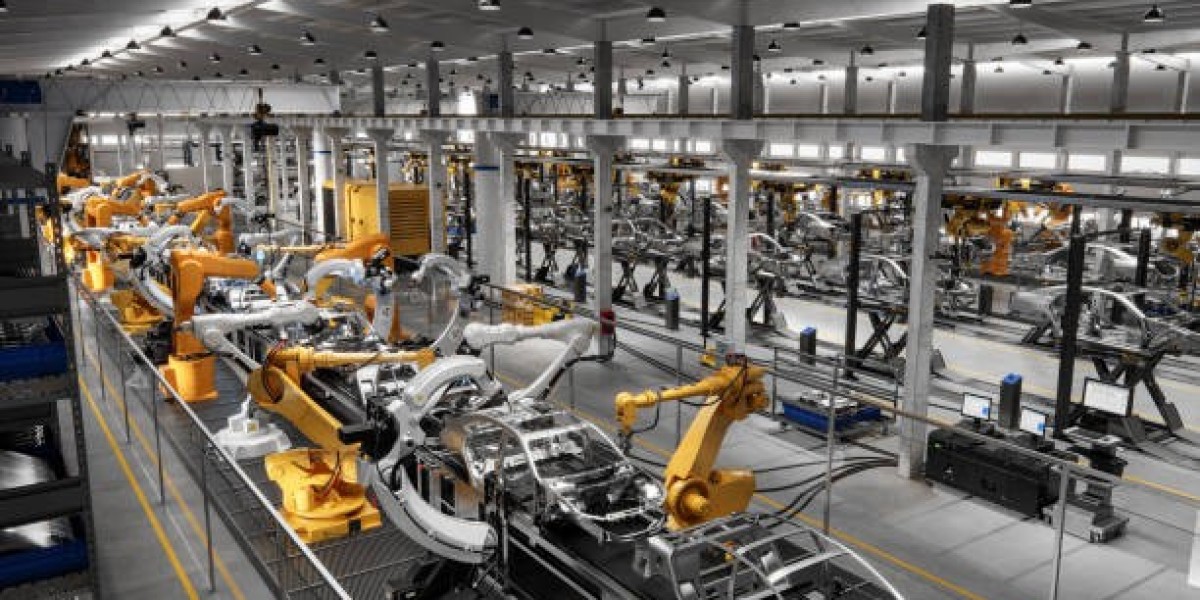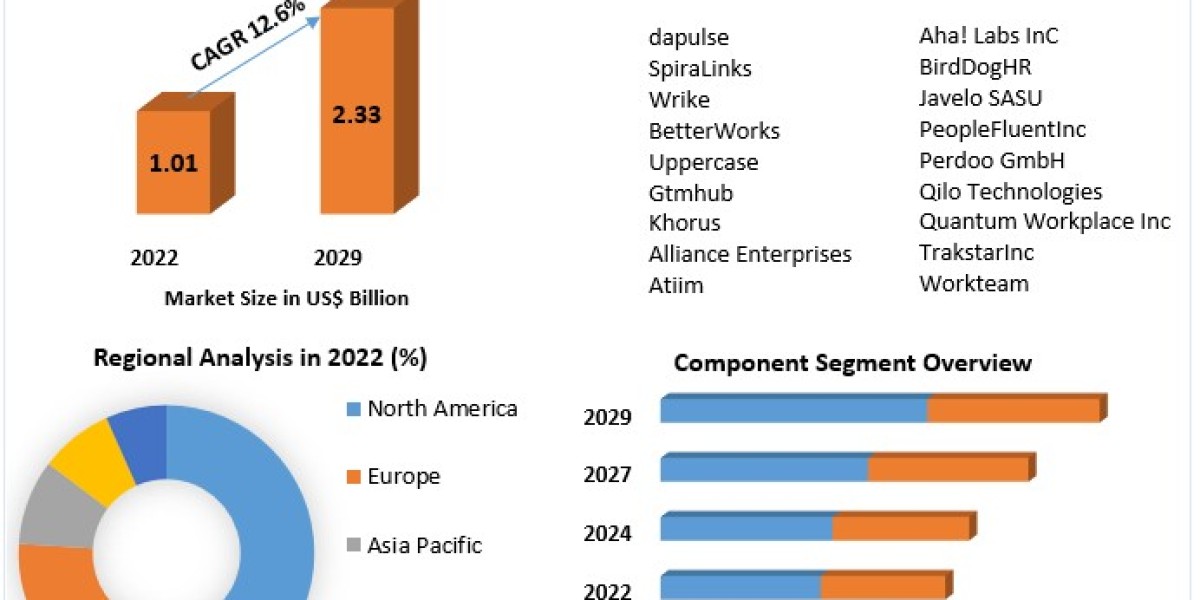Introduction
Manufacturing productivity is a critical determinant of economic growth, competitive advantage, and technological innovation. The integration of industrial technology has profoundly transformed the manufacturing landscape, enhancing efficiency, reducing costs, and fostering innovation. This essay delves into the multifaceted impact of industrial technology on manufacturing productivity, exploring advancements in automation, the Internet of Things (IoT), artificial intelligence (AI), additive manufacturing, and data analytics. By examining these technologies' complex interactions, we can appreciate their transformative effects on productivity in the manufacturing sector.
Historical Context and Evolution of Industrial Technology
The evolution of industrial technology is marked by several key phases, each characterized by significant advancements that have reshaped manufacturing processes. The First Industrial Revolution introduced mechanization through water and steam power. The Second Industrial Revolution saw the advent of electricity and mass production techniques. The Third Industrial Revolution, or the Digital Revolution, introduced computers and automation.
Today, we are experiencing the Fourth Industrial Revolution, characterized by the fusion of digital, physical, and biological systems. This revolution is driven by a range of new technologies that are blurring the lines between the physical and digital worlds, significantly impacting manufacturing productivity.
Automation and Robotics
The Role of Automation
Automation involves using control systems, such as computers or robots, and information technologies to handle different processes and machinery in an industry to replace human intervention. Automation in manufacturing can range from simple tasks like material handling to complex processes like assembly and inspection.
Impact on Productivity
Efficiency and Speed: Automation significantly enhances the speed and efficiency of manufacturing processes. Machines can operate continuously without breaks, leading to higher production rates and reduced cycle times.
Quality and Consistency: Automated systems provide consistent and high-quality outputs by minimizing human error. This consistency reduces waste and the need for rework, contributing to overall productivity.
Cost Reduction: By reducing labor costs and improving resource utilization, automation lowers the overall cost of production. This cost efficiency enables manufacturers to invest in further technological advancements.
Case Study: Automotive Industry
In the automotive industry, automation has revolutionized manufacturing. Robots perform tasks such as welding, painting, and assembly with precision and speed that surpass human capabilities. This automation has not only increased production rates but also improved the quality and safety of vehicles, demonstrating a clear impact on productivity.
The Internet of Things (IoT)
Definition and Implementation
The Internet of Things (IoT) refers to the network of interconnected devices that communicate and exchange data with each other via the internet. In manufacturing, IoT enables the integration of various production equipment and systems, creating a cohesive and responsive manufacturing environment.
Case Study: Smart Factories
Smart factories, equipped with IoT devices, exemplify the integration of this technology in manufacturing. Companies like Siemens and General Electric have implemented IoT in their factories to monitor and optimize production processes. These smart factories achieve higher efficiency, reduced downtime, and improved product quality, showcasing the productivity gains from IoT.
Artificial Intelligence (AI) and Machine Learning
Overview and Applications
Artificial Intelligence (AI) and machine learning involve the use of algorithms and statistical models to enable machines to perform tasks without explicit instructions. In manufacturing, AI and machine learning are used for predictive analytics, process optimization, quality control, and autonomous decision-making.
Case Study: Aerospace Industry
The aerospace industry has embraced additive manufacturing for producing lightweight and complex components. Companies like Boeing and Airbus use 3D printing to create parts with intricate geometries that would be difficult or impossible to produce using traditional methods. This adoption has led to weight reductions, fuel savings, and shorter production cycles, highlighting the productivity gains from additive manufacturing.
Data Analytics and Big Data
Role and Implementation
Data analytics involves the examination of large data sets to uncover hidden patterns, correlations, and insights. In manufacturing, big data analytics is used to improve process efficiency, predict maintenance needs, and optimize supply chains.
Case Study: Pharmaceutical Manufacturing
In pharmaceutical manufacturing, data analytics is used to optimize production processes and ensure regulatory compliance. Companies like Pfizer use big data to monitor production conditions, predict equipment failures, and improve quality control. This application of data analytics has enhanced efficiency, reduced costs, and ensured high-quality products, demonstrating its impact on productivity.
Challenges and Future Directions
Integration and Interoperability
One of the significant challenges in adopting industrial technology is the integration and interoperability of various systems. Ensuring that different technologies and platforms can communicate and work together seamlessly is critical for realizing their full potential.
Cybersecurity
The increasing reliance on connected devices and digital systems exposes manufacturing operations to cybersecurity risks. Protecting sensitive data and ensuring the security of production systems is paramount to maintaining productivity.
Workforce Adaptation
The adoption of advanced technologies requires a skilled workforce capable of operating and maintaining these systems. Continuous training and education are necessary to equip workers with the necessary skills and knowledge.
Future Directions
The future of manufacturing productivity will likely see further advancements in industrial technology, including the development of more sophisticated AI algorithms, increased use of IoT and 5G connectivity, and the integration of blockchain for supply chain transparency. These innovations will continue to drive productivity improvements and transform manufacturing processes.
Conclusion
Industrial technology has a profound and complex impact on manufacturing productivity. Automation, IoT, AI, additive manufacturing, and data analytics have revolutionized the manufacturing landscape, enhancing efficiency, reducing costs, and fostering innovation. As these technologies continue to evolve, their integration and application will further enhance productivity, driving economic growth and competitive advantage in the manufacturing sector. Overcoming challenges such as integration, cybersecurity, and workforce adaptation will be crucial for fully realizing the benefits of industrial technology. The future of manufacturing productivity lies in the continued advancement and adoption of these transformative technologies.








